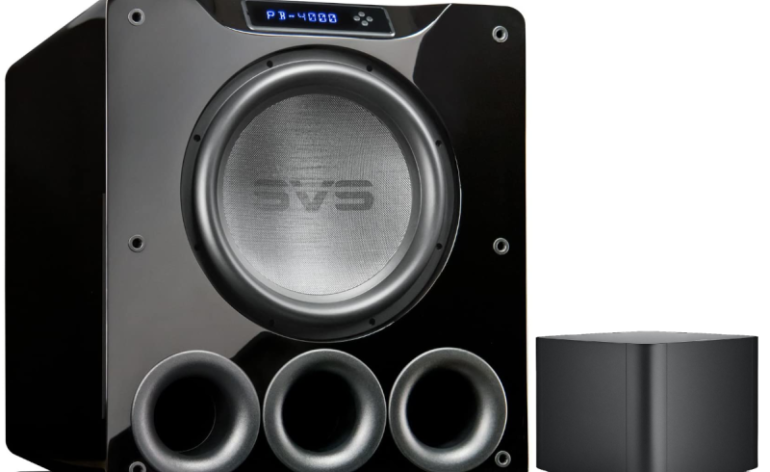Mismatched Subwoofers: Don’t Do It!
After diving headfirst into home theater, you’ve finally started to do some research. Unfortunately, you’ve discovered that not all of your purchases were the wisest. That’s okay! You love shopping. So now you have an eye on a brand new subwoofer. This one is the right size for your room and has output galore. But what about your old subwoofer? Sure, it can’t play as low or as loud as your new one. But two subs are better than one, right? Wrong. Mismatched subwoofers can cause more harm than good. Here’s how.
What Do We Mean by “Mismatched” Subwoofers?
Generally, when people have mismatched subwoofers, they have one that is too small and underpowered for their room. We’ve all started here. We bought the subwoofer we could afford, not the subwoofer we needed. But it is hard to look at that smaller sub and actively decide not to use it. Plus, with all the information out there about how dual subwoofers are the best, having two subwoofers on hand and not using both of them seems like sacrilege. But there are reasons that using that underpowered, underperforming subwoofer is a bad idea.
Different Frequency Responses Can Cause Issues
We’ve said before that your subwoofer and your room work together to create the bass you experience in your room. They are bass ecosystem if you will. If the two subwoofers you have are mismatched, then they can’t work together as well or as predictably. When you use two subwoofers, the bass waves bounce around the room and interact with each other. All the research that was done on subwoofer placement used identical subwoofers. This is because their identical response meant that the interaction of the waves would be more predictable.
If you’ve set up your subwoofers correctly, they are both getting the same signal from the receiver. This mono signal assumes that both the subwoofers will have the same response. If one subwoofer doesn’t, then your room correction program will have less to work with. This means that you will not experience the more even bass across all your seats.
At the Lowest Frequencies, You Only Have One Sub
One of the reasons you bought a new subwoofer, is because your old one wasn’t cutting it. It wasn’t playing loud or low enough. Your new subwoofer? It can play down past 20Hz and can blow the doors off your home theater. So, if you add that mismatched subwoofer back into the mix, you’ll run into problems. The biggest of which is that at the lowest frequencies only one subwoofer is actually playing anything.
If you placed your subwoofers correctly, you did so based on assuming that both of the subwoofers are working together. Placing a single subwoofer is totally different. When you place a single subwoofer, you place it based on how it interacts with the room. Those two placements are unlikely to be the same location. That means that at the lowest frequencies, you’ve got one sub playing and it is in a bad location. So much for better bass!
The Mismatched Subwoofer is Likely Distorting
When you have mismatched subwoofers, the smaller one doesn’t just stop playing at those lowest frequencies. It likely is still trying to put out some bass. It might not be very loud, but it is trying. That’s actually the best-case scenario. Most of the time the smaller sub will distort at those lowest frequencies. It is not creating bass, it is just making noise. This might not be only at the lowest frequencies. Low-powered subs could distort if pushed too hard.
As you ask your smaller sub to keep up with your new sub, it could do any number of things. The driver could start to bottom out. There could be port noise. The amplifier could start to clip. All those things will create sound, it just isn’t the sound you want. Better to find that smaller subwoofer a new home rather than have mismatched subwoofers.
When Can You Use Mismatched Subwoofers?
This isn’t to say that you always have to buy identical subwoofers. When you’ve bought one sub years ago and want to add a second, buying an identical subwoofer may be impossible. If you pair two similarly capable subwoofers in the same room, they should be fine. In this case, you don’t always have to go with the same manufacturer. You’ll want to look at the frequency response and extension of your current subwoofer and find another subwoofer with as close to the same performance as possible. With many manufacturers and reviewers posting measurements following the CEA-2010 protocol (link to PDF), you can make apples to apples comparison. As long as your subwoofers are not mismatched in performance, mixing manufacturers should result in more even bass.
Have subs from different manufacturers? How do they perform? Let us know in the comments!


